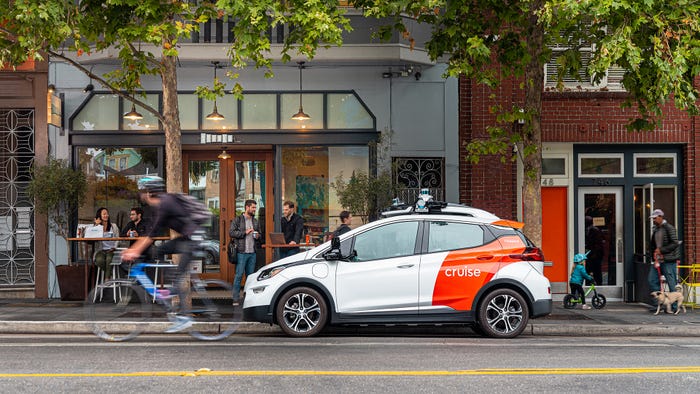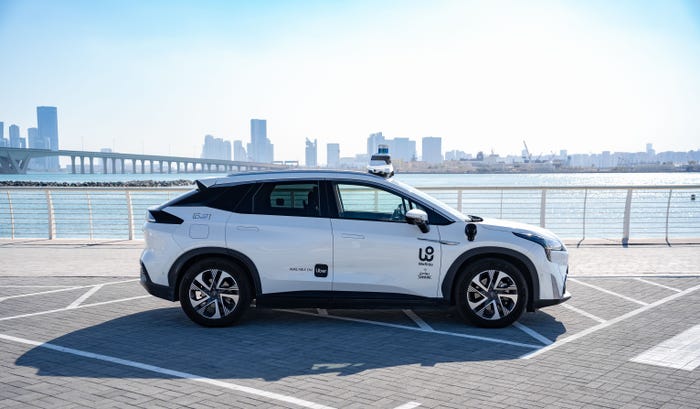VR-Controlled Robot Allows for Remote Collaboration
Researchers from Cornell and Brown designed the system that provides remote workers with an avatar they can control using a VR headset

Researchers from Cornell and Brown University have teamed to create a “telepresence robot” that users can communicate with and control via virtual reality (VR).
The robotic system, called VRoxy, allows users to remotely collaborate with teammates using the robot as a kind of avatar, in what the team calls a step forward in “remote, robotic embodiment.”
Two modes are available, the first of which allows for an immersive VR experience allowing users to see what the robot sees and interact in real time, while the second “navigational mode” displays potential pathways around a space and allows users to “teleport” where they would like to go.
Use cases, according to the team, include providing a remote worker “confined to a small office” with the ability to interact with teammates in a group activity in a much larger space.
"The great benefit of virtual reality is we can leverage all kinds of locomotion techniques that people use in virtual reality games, like instantly moving from one position to another," said Mose Sakashita, a study author from Cornell. "This functionality enables remote users to physically occupy a very limited amount of space but collaborate with teammates in a much larger remote environment."
The robot is fitted with a 360-degree camera, a monitor to display a user’s facial expressions captured by the VR headset, a robotic pointer finger and omnidirectional wheels.
VRoxy mimics a user’s movements and body position, moving around a space as the user directs it. It can also relay a user’s more subtle motion cues such as tilting its monitor (representing the user’s face) according to the user’s focus.
The design builds on Cornell’s robot ReMotion, though this earlier iteration only worked if a user occupied the same size space as their robot avatar, and if they had comparative hardware.
With VRoxy, a user can control the robot regardless of their surroundings and hardware capabilities.
Next, the team said they want to integrate VRoxy with robotic arms to allow users to physically interact with the environment tof one day make it capable of picking up and handling physical objects.
The research was supported by the National Science Foundation and the Nakajima Foundation.
About the Author
You May Also Like








